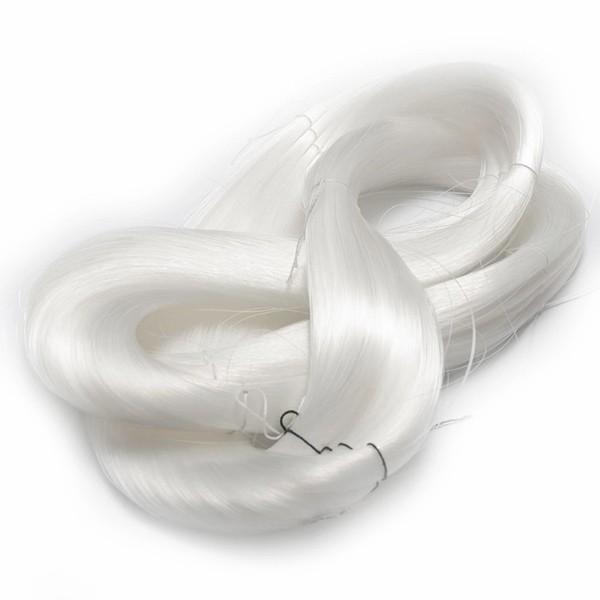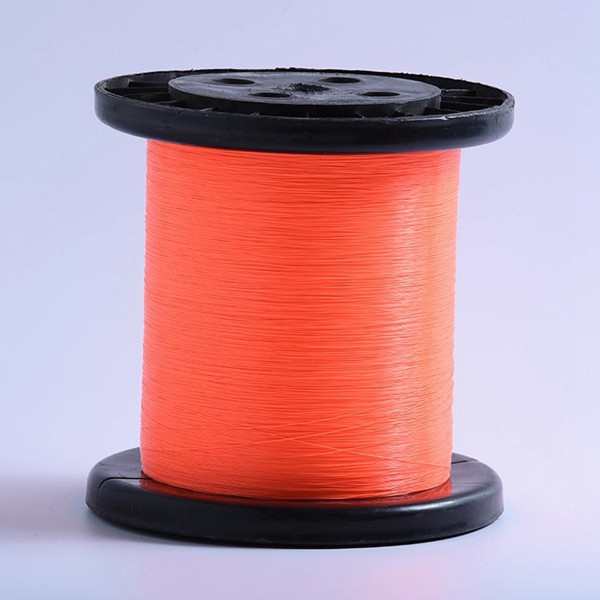Factory Price Nylon Monofilament Fishing Line 150m Fishing Tackle Nylon Twine for Europe Markets
Product description
Although nylon fishing lines have a certain degree of elasticity, excessive stretching can lead to a decrease in their performance and even fracture. Therefore, it is necessary to avoid excessive force during fishing. Nylon fishing lines that have been used for a long time or have been subjected to significant impacts may experience wear or aging, and require regular replacement to ensure their performance. Nylon fishing lines should be stored in a dry and cool place, avoiding direct sunlight and high temperature environments to extend their service life.

Nylon fishing line is a widely used fishing line made of nylon material. It has a series of unique characteristics and advantages, making it a beloved choice for fishing enthusiasts and professional fishermen. Nylon fishing lines have a certain degree of elasticity, which can help alleviate the impact force of fish and reduce the risk of line breakage when fish bite and pull the fishing line.

With the advancement of technology and the improvement of people's living standards, the importance of nylon thread in modern society is increasingly prominent. It not only plays an important role in daily life and industrial production, but also has positive significance in environmental protection, sustainable development, and other aspects. For example, the development and application of some environmentally friendly nylon threads can help reduce plastic pollution and promote green production.

Nylon thread is an important material for fishing nets, fishing lines, etc. Its high strength and wear resistance make it the preferred choice in the fishing industry. Nylon thread is highly favored in the sewing of clothing, luggage and other products due to its lightweight and high strength characteristics. Nylon thread is often used to make outdoor equipment, such as tents, sleeping bags, etc., to ensure its durability and lightness. Nylon wire is also widely used in various connecting and fixing situations in industries such as electronics, machinery, and automobiles.

The production process of monofilament hemp thread includes multiple steps such as picking, soaking, degumming, breaking, screening, cleaning, refining, etc. of hemp fibers. Firstly, harvest mature hemp stems and soak them in suitable temperature and humidity conditions to soften the fibers and remove impurities. Next, degumming treatment is carried out to remove the gum substance on the surface of the hemp fiber, improving the softness and purity of the fiber. Then, the fibers are peeled off from the stem by mechanical or chemical methods, and screened and cleaned to remove impurities. Finally, the refined fibers are fed into a spinning machine for spinning, forming a single filament hemp thread.

Recommended products



